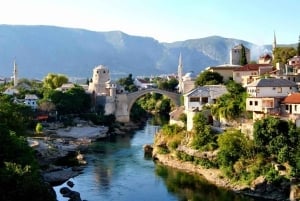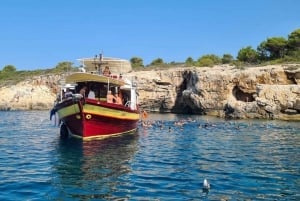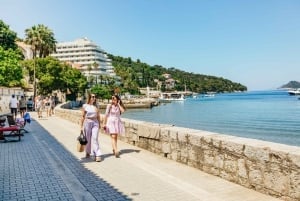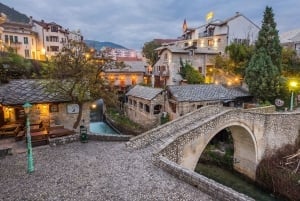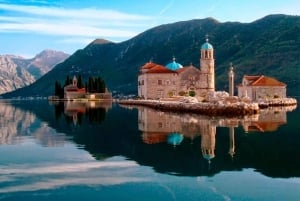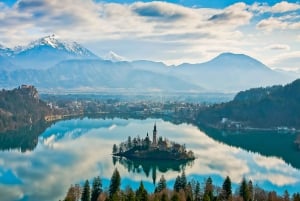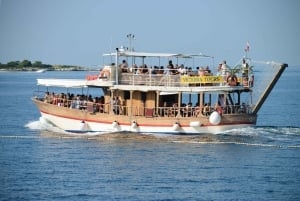Croatia History
The region of Croatia was occupied by the Roman Empire in 200 years BC, and separated into two provinces Pannonia and Dalmatia. With the fall of the Roman Empire, the Slavic Croatian tribes slowly settled and merged with Illyro-Roman inhabitants. Soon after the population accepted Christianity around the 9th century, the country became a kingdom under the rule of King Tomislav.
In the beginning of 12th century Croatia entered a union with Hungary, which lasted until the end of the World War I. In the medieval era, as the Turkish incursion into Europe started, Croatia once again became a border area. While the Turks attempted to conquest the country both countries were critically damaged thus they elected the Habsburgs to the throne, and stopped the Ottoman pressure in a war lasting until the 18th century. During that time the Venetian influence was prevailing on the west. Shortly before the end of World War I, Croatia become became a part of the State of Slovenes, Croats and Serbs composed of all Southern Slavic territories of the former Austro-Hungarian Monarchy. In 1929 the country was renamed as the Kingdom Yugoslavia.
In the period of the World War II Croatia became independent under a right-wing regime, highly dependent on the German military support. The Axis occupation of Yugoslavia in 1941 allowed the Croatian right-hand party Ustaša to come into power, forming the Independent State of Croatia. By 1943, the Partisan resistance movement had gained the upper hand. In 1945, with help from the Soviet Red Army, the Partisans expelled the Axis forces and local supporters. The Partisans were a great contributor to the fall of the fascist regime.
After the defeat of the Axis forces, Croatia once again joined the Socialist Federal Republic of Yugoslavia (SFRY), led by communist government leader Josif Broz Tito. A decade after the death of Tito, Croatia voted for independence away from the political and economical crisis stricken Yugoslavia. This attempt triggered Serbian aggression resulting in a five year long war starting in 1990. Thousands were killed in battles and brutal ethnic cleansing. The Croatian Army succeeded in defending themselves and their country and gained independence in 1991.
Croatia’s first president, part of the HDZ party was Franjo Tudjman. He was elected in May of 1990 and reined as president until his death in 1999. Following the death of Tudjman, Stjepan Mesic became Croatia’s second president in 2000. Now that Croatia was no longer considered a war torn country, Mesic was able to bring about drastic changes. The government, under the leadership of Račan, implemented the Dayton Peace Accords which had enormous influence on regional cooperation, immigrant returns, national reconciliation and democratization. Croatia now practices parliamentary democratic governance. They are a member of the WTO, and an optimistic candidate for EU and NATO. Ivo Josipovic is Croatia’s current president, elected in 2010.


